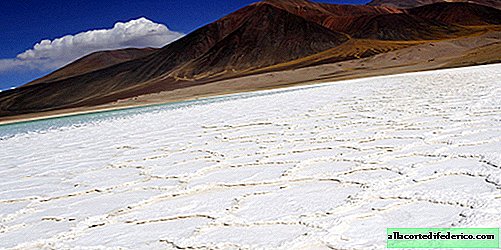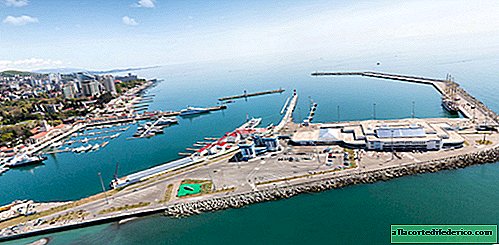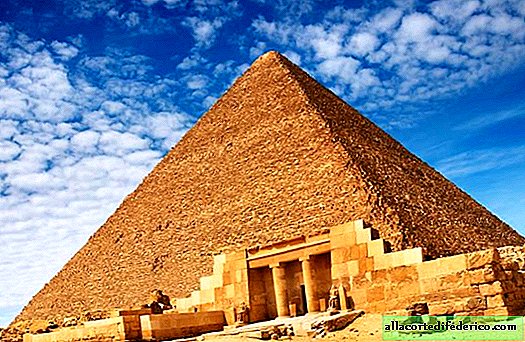Salar de Atacama: how lithium is mined for batteries in the desert
On satellite images of one of the Atakami districts, clear rectangular figures are seen that sparkle and shimmer with various shades of blue and yellow. This is the Salar de Atacama deposit and its evaporation ponds, where lithium is mined - a valuable metal necessary for the production of batteries.

The modern world can not be imagined without smartphones or laptops, in each of which there is always a battery. In the vast majority of cases, this is a lithium-ion battery, which can not be done without lithium. One of the world's richest deposits of this rather rare metal is located in the north of Chile, on the territory of the impressive salt marsh Salar de Atacama.

It is located in the Andes, at an altitude of more than 2000 meters in the Atacama Desert. This gutterless valley attracts travelers from all over the world. People come here to enjoy stunning sunsets, see the harsh peaks of the Andes and capture the flamingos flying to these parts. But few tourists realize that in this deserted valley, right under their feet is one of the largest lithium deposits in the world.

According to experts, it contains almost 30% of all global metal reserves. At present, the Bolivian solonchak Uyuni is recognized as the world leader in lithium reserves, but there is no commercial mining here yet. For this reason, it is Salar de Atacama that can be considered a strategically important deposit for the entire battery industry.

Lithium in the Chilean valley is a part of various salts which are dissolved in water of underground horizons. Water is pumped to the surface and poured into reservoirs, and then the scorching sun and the absence of rain help lithium miners in their hard work. Water gradually evaporates, and lithium salts and other valuable components remain at the bottom. Due to the fact that the tanks are filled at different times and their chemical composition may vary slightly, each tank has its own color of "brine". It may seem that this is an unproductive and somewhat primitive method for producing lithium salts, but in fact it is not. A deposit in the Atacama desert provides Chile with a place in the top three countries for the extraction of this metal, despite the fact that the technology of salt extraction is not much different from that by which the ancient Incas obtained table salt from an aqueous solution.


















